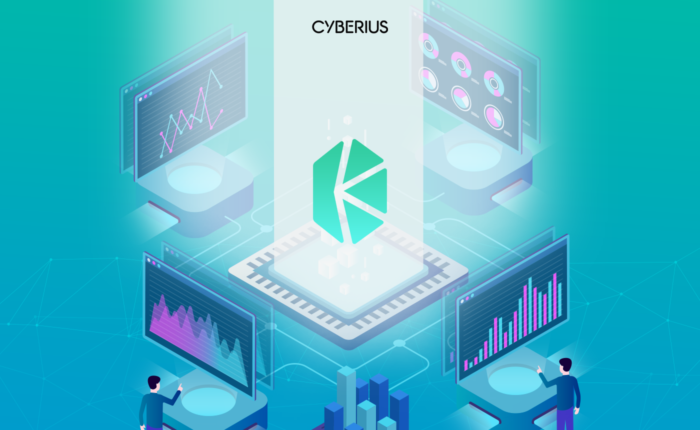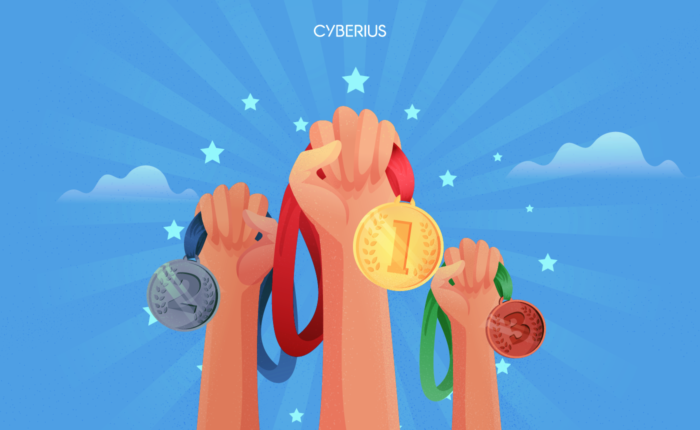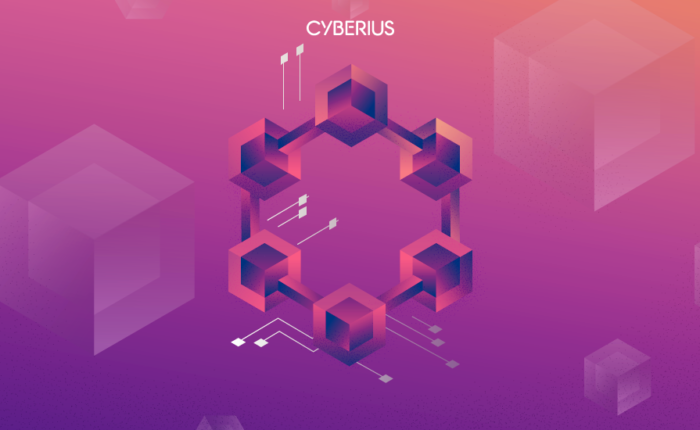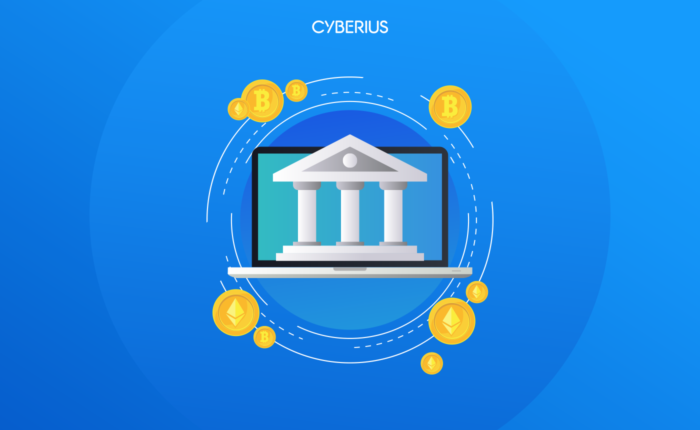Despite the fact that cryptocurrency prices continue to struggle, there is new hope in the industry. That’s because of Decentralized Finance, a blockchain-based concept that threatens to overrun traditional financial institutions in the long run. Despite its enormous potential, DeFi is still in its nascent stages. DeFi systems can be fairly unforgiving towards the uninitiated. So, it’s best to have a thorough understanding of how it works before getting involved.
In this article you’ll find out:
- What Is Decentralized Finance (DeFi) and how has it changed over time?
- The advantages Of Decentralized Finance.
- Problems With Decentralized Finance.
- The best Decentralized Finance Options & Apps.
What Is Decentralized Finance (DeFi)?
While DeFi has indeed become one of the crypto buzzwords of 2019, many are wondering whether it will live up to the hype. It’s still in its early days, but DeFi certainly doesn’t lack ambition.
DeFi is the idea that decentralized blockchain-based architecture can create traditional financial instruments. This will keep the instruments outside of governmental and regulatory control.
In other words, DeFi wants to create a completely decentralized and independent financial system that doesn’t rely on the traditional banking system at all.
A Short History Of Decentralized Finance
DeFi probably comes closest to the original vision of Bitcoin founder Satoshi Nakamoto. The most articulate expression of Satoshi’s original vision is perhaps in the first line of the Bitcoin whitepaper:

Bitcoin has largely remained true to this vision of decentralization, but once people noticed the potential of its underlying blockchain technology, the story became a little different.
Both banks and governments weren’t very keen on Satoshi’s original vision because their entire financial infrastructure hinges on the existence of an intermediary. At the same time, these institutions could not afford to ignore the potential of blockchain technology itself.
As a result, banks, financial institutions, governments, and even tech giants like IBM and Microsoft began approaching blockchain from a different perspective.
Today, multiple industries are exploring blockchain technology, including (but not limited to) supply chains, healthcare, insurance, retail, and advertising. However, a lot of this development has happened over private distributed ledgers vis-a-vis public ledgers like those used by Bitcoin and Ethereum.
This takes away from Satoshi’s original vision of complete decentralization. This is where DeFi comes into the picture.
The DeFi movement started towards the end of 2018 when a network of 15 Ethereum-based projects came together in an attempt to build an independent and open financial system. This included projects like MakerDAO, Origin Protocol, and Paradigm, followed by others like Compound and the Kyber Network.
The network also laid down some guidelines for DeFi members. Firstly, the project has to either be building on or building a service for a decentralized blockchain within the finance sector.
It also has to align with the core principles of DeFi (accessibility, transparency, financial inclusion, etc), adhere to common standards, and push for interoperability.
As of today, a wide variety of projects form part of this network, including exchanges, wallets, prediction markets, liquidity protocols, and stable coins.
The Advantages Of Decentralized Finance
DeFi definitely has some major advantages, both in theory and in execution, that make it such an exciting phenomenon:
- As an idea, DeFi is immensely powerful. It’s especially attractive to people with a contrarian, libertarian streak in them. The idea of building censorship-resistant products that are completely independent of existing structures is very exciting.
- DeFi applications have a multi-facet, long-term potential. Fallible people run existing financial structures, which are thus highly susceptible to vulnerabilities. In Venezuela, for instance, poor policies combined with crashing oil prices have crippled the economy. DeFi applications can build alternate financial systems that are more transparent and less susceptible to human failings. In fact, in Venezuela itself, some people are using Bitcoin to protect themselves from inflation and send money across borders. However, it should also be noted that “decentralized” exchanges, cryptocurrencies, blockchains, etc. They also have their fair share of scams, hacks, theft, and other vulnerabilities.
- DeFi does for finance what Bitcoin does for currency; it eliminates the need for an intermediary. Cutting out the middleman while providing financial infrastructure and services on a large scale that can yield major efficiencies and cost savings in the long run.
The Best Decentralized Finance Apps
Here are some of the best known DeFi apps out there in the market today.

DAI
DAI is MakerDAO’s stablecoin. MakerDAO enables users to receive loans of DAI if they deposit sufficient Etherum. DAI is the largest DeFi application and close to 21,000 people currently hold DAI. The technology behind DAI is complex and lays out rules for maintaining the system and minting new DAI.
Dharma
Dharma is another decentralized lending application that lets users lend and borrow Etherum even if they don’t have a credit score or a bank account. It currently has about $10 million in locked Ether.
Bancor Network
The Bancor Network is a decentralized exchange and liquidity provider. It lets users trade cryptocurrencies directly with each other without any intermediary.
Problems With Decentralized Finance
While there’s no doubt that DeFi is one of the most promising phenomena in the crypto scene right now, it’s still in its early-stage. And that comes with its own share of challenges:
- One of the biggest risks of DeFi applications is that you’re ultimately trusting in open-source code. Over time, many people are looking at that code and there’s always a chance that someone could hack the smart contracts and steal all the keys. That’s why popular DeFi applications like Dai have been audited by well-known security firms like Trail of Bits.
- People also feel that DeFi is probably too idealistic. In other words, the road to utopia lies in a series of small steps like say a stablecoin created by a giant like Facebook that already has billions of users. Many people prefer the scale that such a solution promises versus the idealism of a DeFi application.
- The DeFi sector is still extremely underdeveloped. According to DeFi.Review, MakerDAO, the biggest DeFi platform has $346 million locked up. This is followed by EOSREX, a DeFi platform for EOS lending, which has $296 million in assets. However, the third largest service, Compound, has only $32 million in assets which goes to show that the sector is still very nascent. This means users need to be especially cautious while using DeFi platforms.
- The technology is still user-unfriendly and prone to vulnerabilities. It will be some time before the security protocols are in place and the technology is actually safe to use.
Conclusion
There are two things that can be said about DeFi. The first is that it’s breathtaking in scope and potential. The second is that its future is promising and could show strong growth over the next few years.
Having said that, it’s also true that the technology has a long way to go and it will be many years before it sees any real traction or market share (if any).
It also poses certain risks to investors and users. Also, there are several challenges around scalability, security, regulations, and liquidity that DeFi will have to solve before it can realize its full potential as an alternative financial system.





Leave a Comment